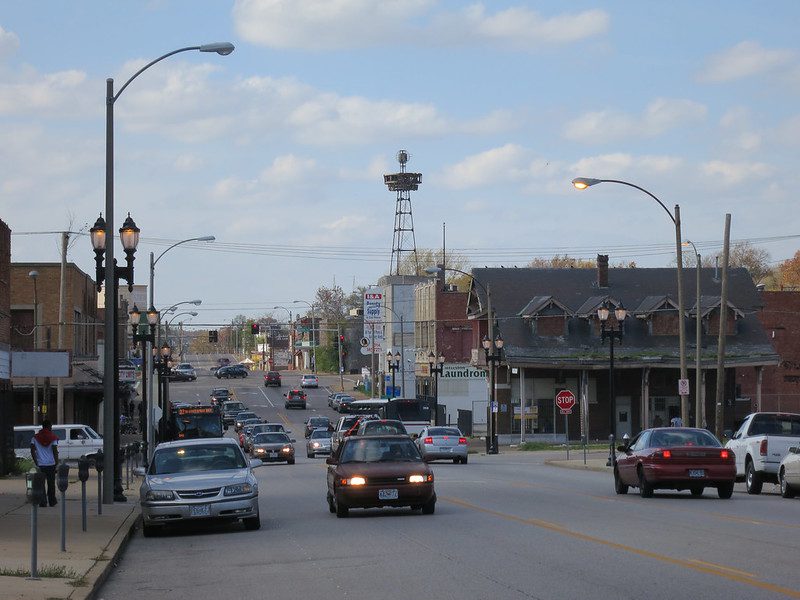Imagine that it’s hurricane season, and 150 Katrinas are pounding poor neighborhoods — and the federal government response is totally inadequate.
The community development movement faces two challenges: first, that 30-plus years of solid, successful community revitalization work could be wiped out in the next few years; and second, that the relevance of CDCs to meaningfully respond to that crisis is being questioned in all quarters. Both spell trouble (or opportunity) for the community development movement.
To me, there is no more important priority than for us to lead in responding to this unprecedented, rapidly moving, downward pressure on our communities. We should dedicate ourselves to helping CDCs and other community-based partners to lead this effort. The alternative is that we truly will be irrelevant.
Admittedly, the community development field is unprepared for this challenge. Current community development practices won’t do the job.
But there are fledgling (potentially promising) initiatives underway in threatened communities around the country. Admittedly they are few and small in scale, but they are laboratories for us to learn from — and build upon.
We need to influence the four major intermediaries (NeighborWorks America, LISC, Enterprise, and National Housing Partnership) to make community stabilization a high priority, getting them to develop a “Katrina-like” response, with a similar sense of purpose, urgency, and broad collaboration — aimed at the local level.
Effectively responding to this incredible threat requires us to do nothing short of reinventing community development.
National Housing Institute is prepared to devote itself to that task. We need to find ways for different locales to mobilize bigger forces, attract more capital and more partners to the task, and raise the scale of our response to the size of the current threat.
The fate of our neighborhoods hangs in the balance.




Pls, pls look at the Northside of St. Louis to help. I live in ward 1 and we have been hit so hard by the foreclosures which have only worsened the preexisting blighted conditions. We have blocks and blocks of deteriorated housing stock and vacant lots. Community development is way behind the times and the residents are at wits end and haven’t a clue what to do. A big problem is the local politics and an uninformed citizenry. This City is in desparate need of help.